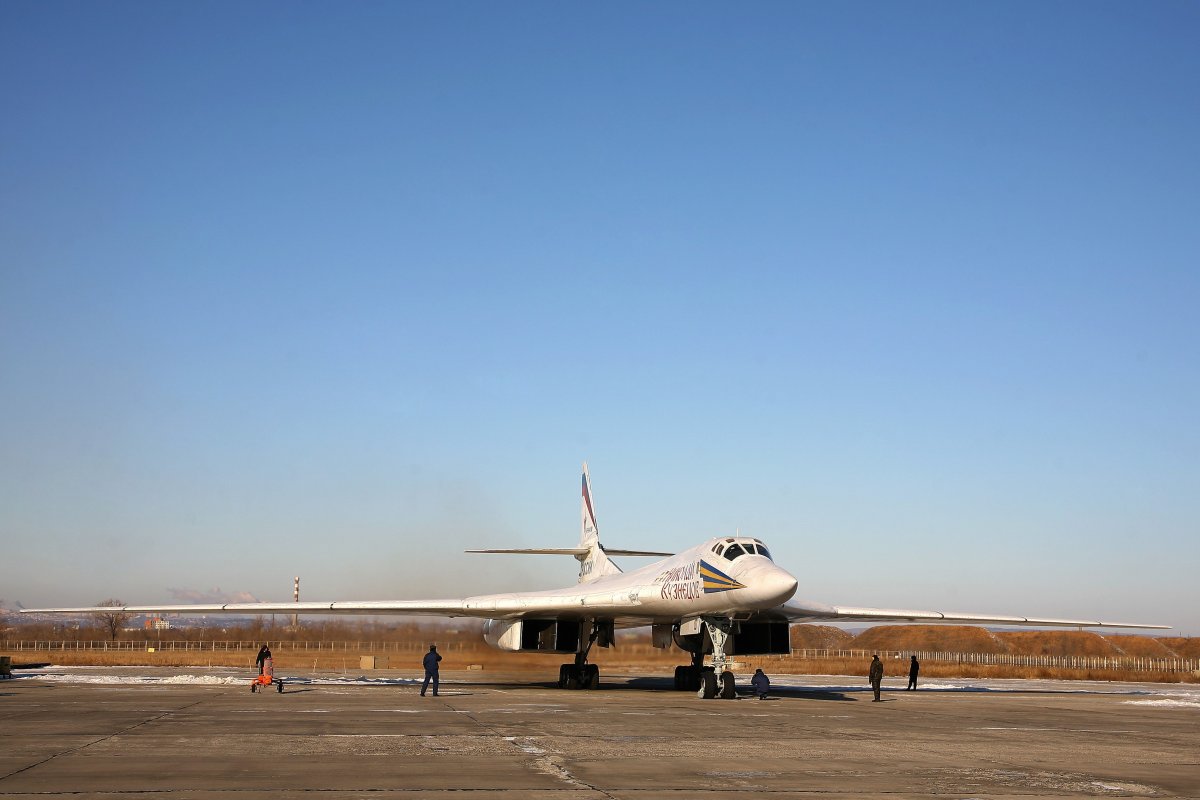OTTAWA — Two long-range Russian bombers capable of carrying nuclear missiles buzzed Canadian airspace on Friday morning, the North American Aerospace Defence Command said, days after a senior military officer warned that North America’s early-warning system is outdated.

The two TU-160 Blackjack bombers crossed the North Pole and approached Canada from western Russia, but remained in international airspace before departing, according to Norad.
Norad said it tracked the supersonic bombers as they flew through Canada’s air defence identification zone, which is an area of international airspace the military monitors to protect against any possible attack, but did not scramble fighters to intercept the Russians.
It was the first time Russian bombers have been detected approaching North America since August, when Russia conducted a number of bomber flights in the Arctic, the Baltics and other places.
“Our adversaries continue to flex their long-range weapons systems and engage in increasingly aggressive efforts, to include the approaches to the United States and Canada,” Gen. Terrence J. O’Shaughnessy, the U.S. commander of Norad, said in a statement on Friday.
- ‘Shock and disbelief’ after Manitoba school trustee’s Indigenous comments
- Invasive strep: ‘Don’t wait’ to seek care, N.S. woman warns on long road to recovery
- ‘Super lice’ are becoming more resistant to chemical shampoos. What to use instead
- Canadian food banks are on the brink: ‘This is not a sustainable situation’
“Norad is driven by a single unyielding priority: defending the U.S. and Canada, our homelands, from attack.”
This most recent flight follows increased warnings from Canadian and U.S. military officers, including O’Shaughnessy, that the technology underpinning the Norad system is obsolete.

The most recent officer to voice such concerns was Commodore Jamie Clarke, a Canadian who is Norad’s deputy director of strategy. He said this week that Norad cannot identify and track long-range Russian bombers before they are close enough to launch missiles at the continent.
The federal government has said it is committed to modernizing the system, but talks with the U.S. have been minimal and no money has been set aside for what is expected to be a multibillion-dollar project.
READ MORE: Canadian jets intercept 2 Russian bombers near North American coastline: NORAD
Norad’s technology was last upgraded in the 1980s, before the end of the Cold War, though the U.S. did incorporate the ability to shoot down incoming missiles in the mid-2000s. Canada decided in 2005 against joining what is now known as ballistic-missile defence.
Since then, Russia and China have been developing and building new weapons that can strike North America from afar, including cruise and hypersonic missiles, drones, along with more advanced submarines and other naval vessels as well as space-based and cyber weapons.



Comments